Low in stock, only 1 left
Price: $90.58
Christmas Gift - Ceramic Teapot - Handmade Pottery Tea Kettle - Clay Tea Pot - Artistic and Functional Pottery - Clay Art - Earthenware
Returns accepted
You can only make an offer when buying a single item
-
Order today to get by May 14-24
Your order should arrive by this date if you buy today. To calculate an estimated delivery date you can count on, we look at things like the carrier's latest transit times, the seller's processing time and shipping history, and where the order is shipping to and from.
-
Returns accepted within 30 days
Buyers are responsible for return shipping costs. If the item is not returned in its original condition, the buyer is responsible for any loss in value.
-
Free shipping
There was a problem calculating your shipping. Please try again.
Etsy Purchase Protection
Shop confidently on Etsy knowing if something goes wrong with an order, we'll make it right for all eligible purchases —
see program terms
Captcha failed to load. Try using a different browser or disabling ad blockers.
2,099 reviews
5 out of 5 starsStunning the craftsmanship and quality truly amazing. I am delighted.
Ben Anderson Oct 20, 2023
A very nice addition to my existing pieces with the same pattern.
Claudia Mar 25, 2023
Absolutely gorgeous teapot! i love everything about it...the glaze the etching and the shape. Perfectly packaged; it arrived safely and quite quickly! Thank you for an awesome product!
sori gottdenker Nov 27, 2020
The teapot is beautifully made. The colors are lovely. Very happy with it. Just a note: It is NOT easy to clean out the inside as the opening at the top is quite small.
Kortnee Whitehawk McDowell Feb 25, 2019
Photos from reviews


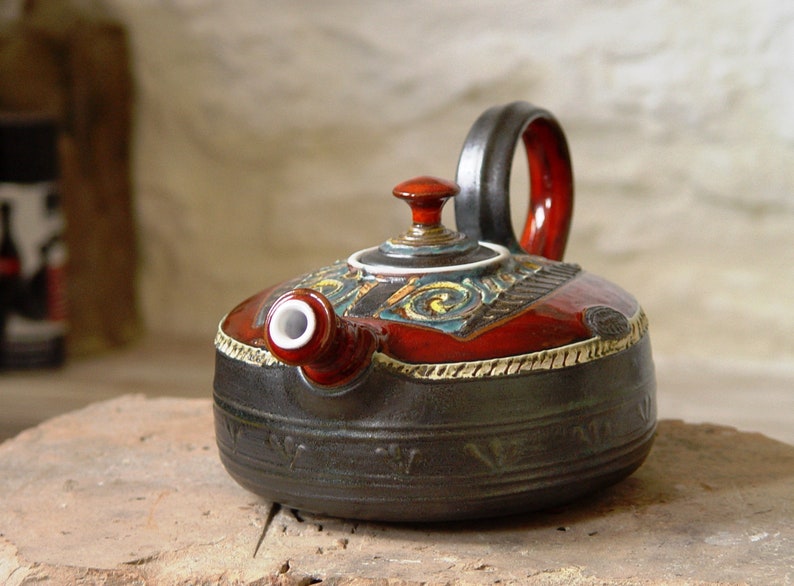
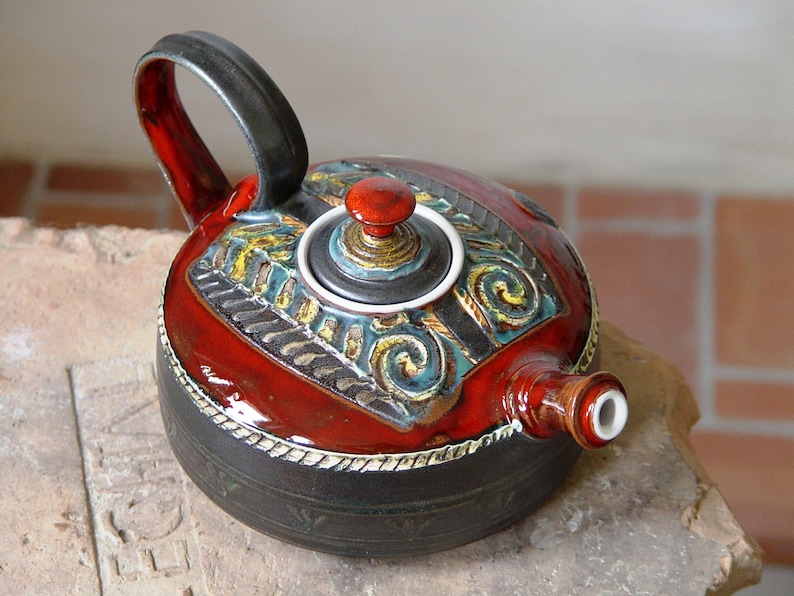
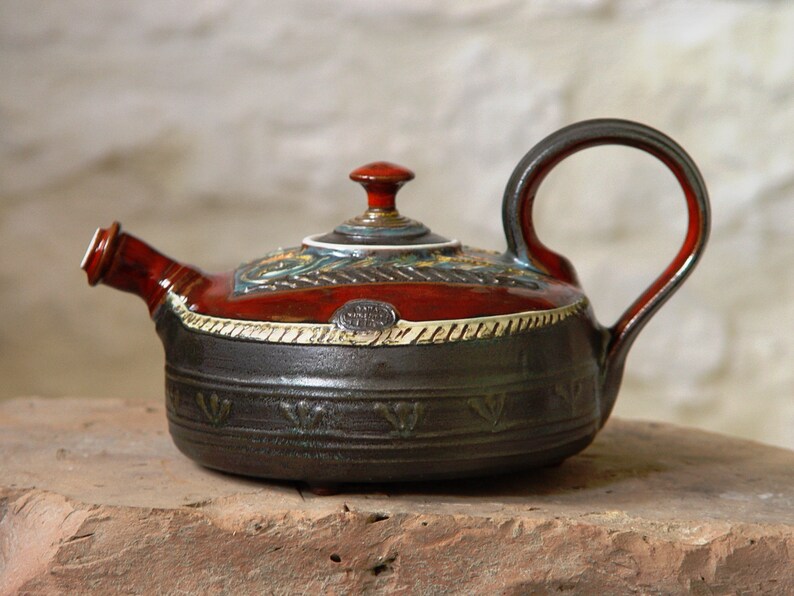
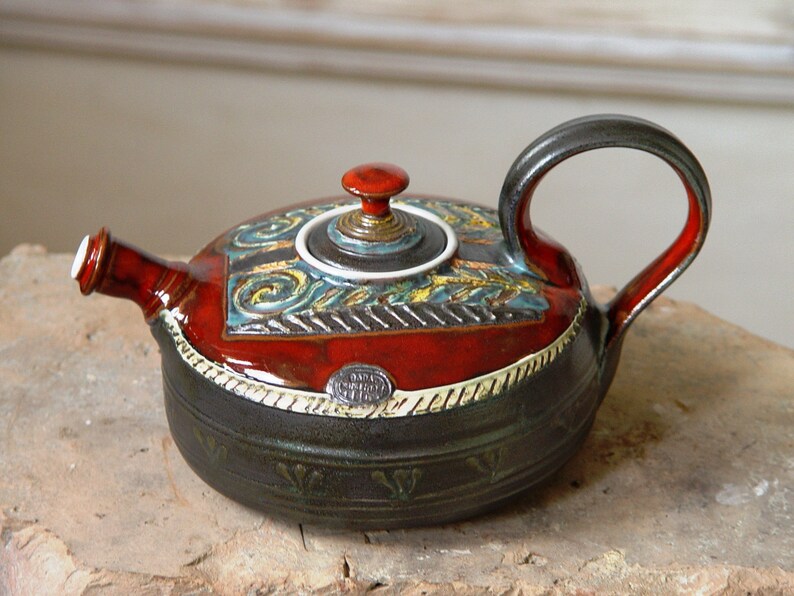


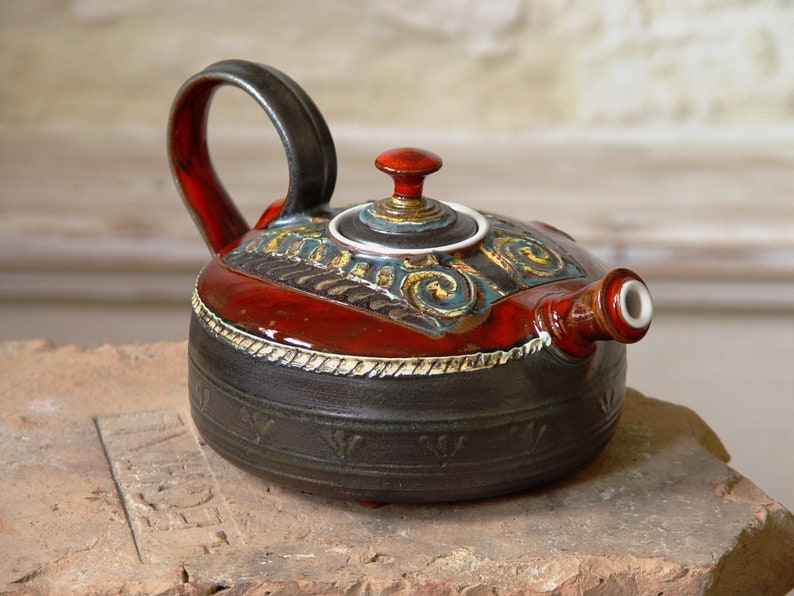
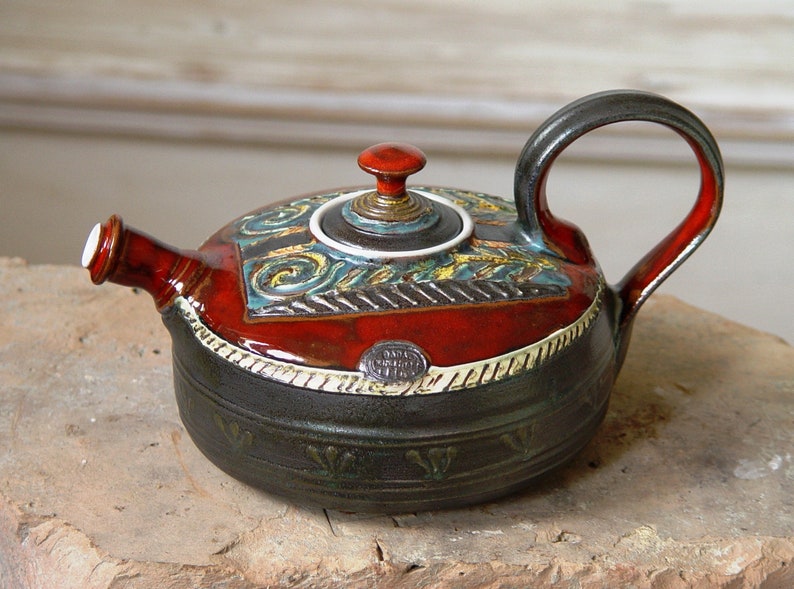




















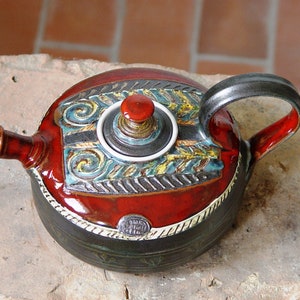

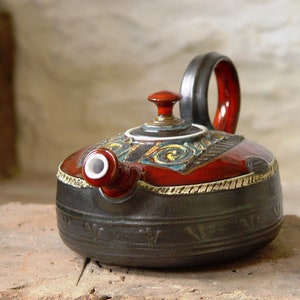
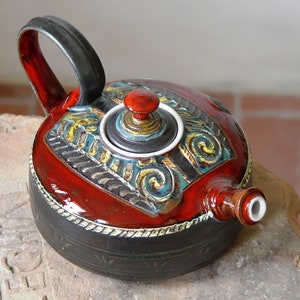
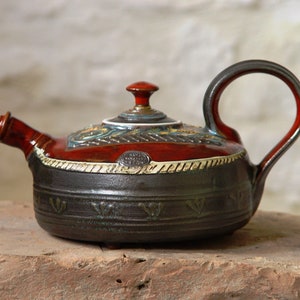
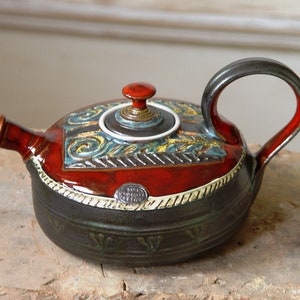
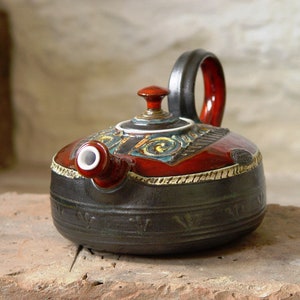
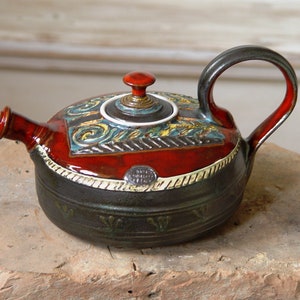

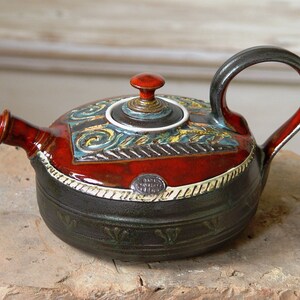



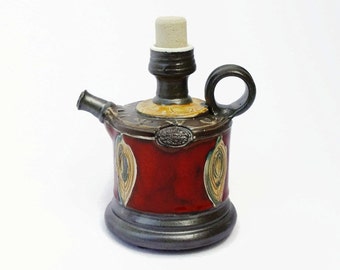
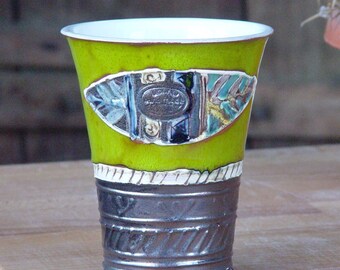
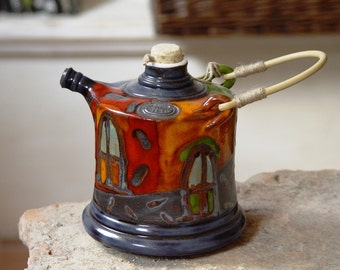






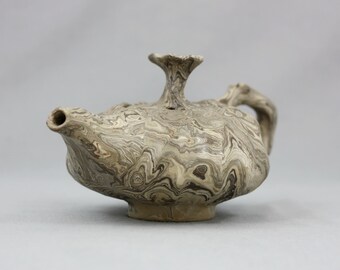
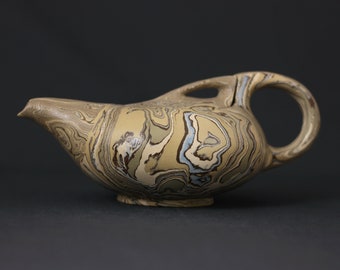






 Bridesmaid gifts
Bridesmaid gifts
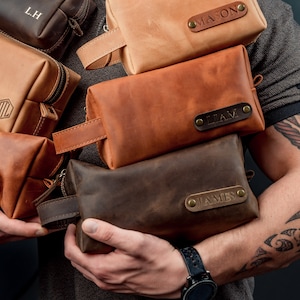 Groomsmen gifts
Groomsmen gifts
 Wedding gifts
Wedding gifts
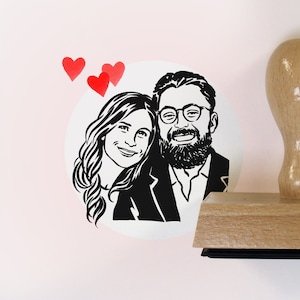 Engagement gifts
Engagement gifts












